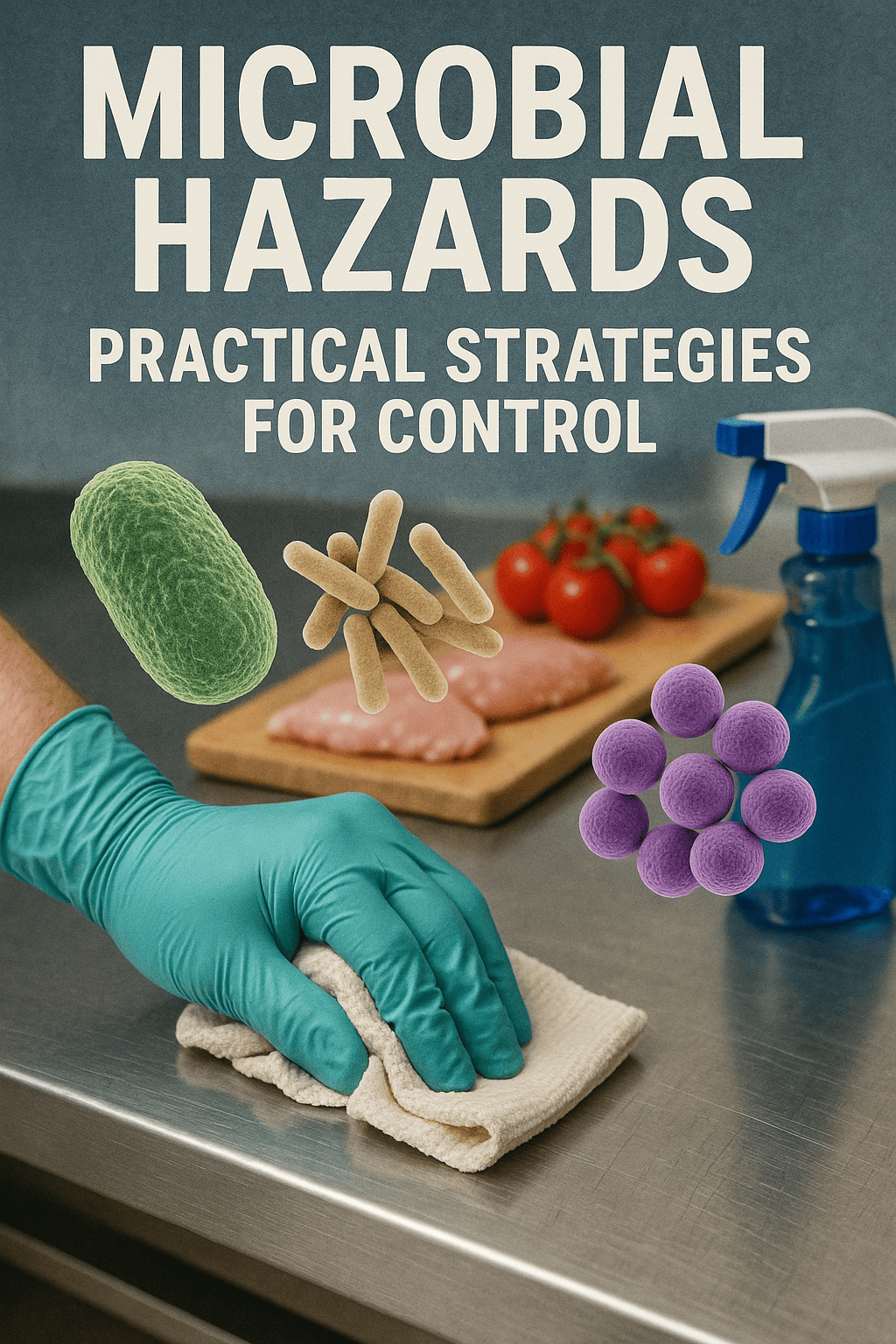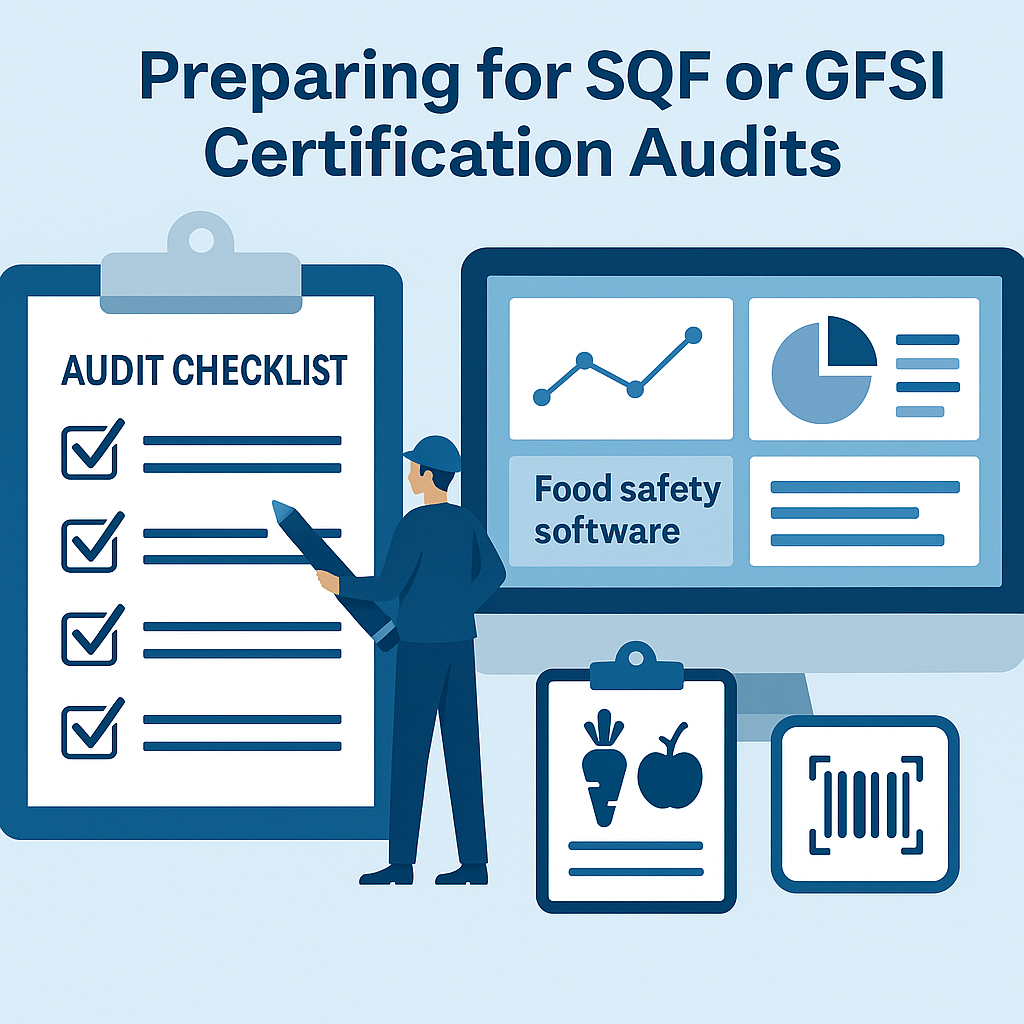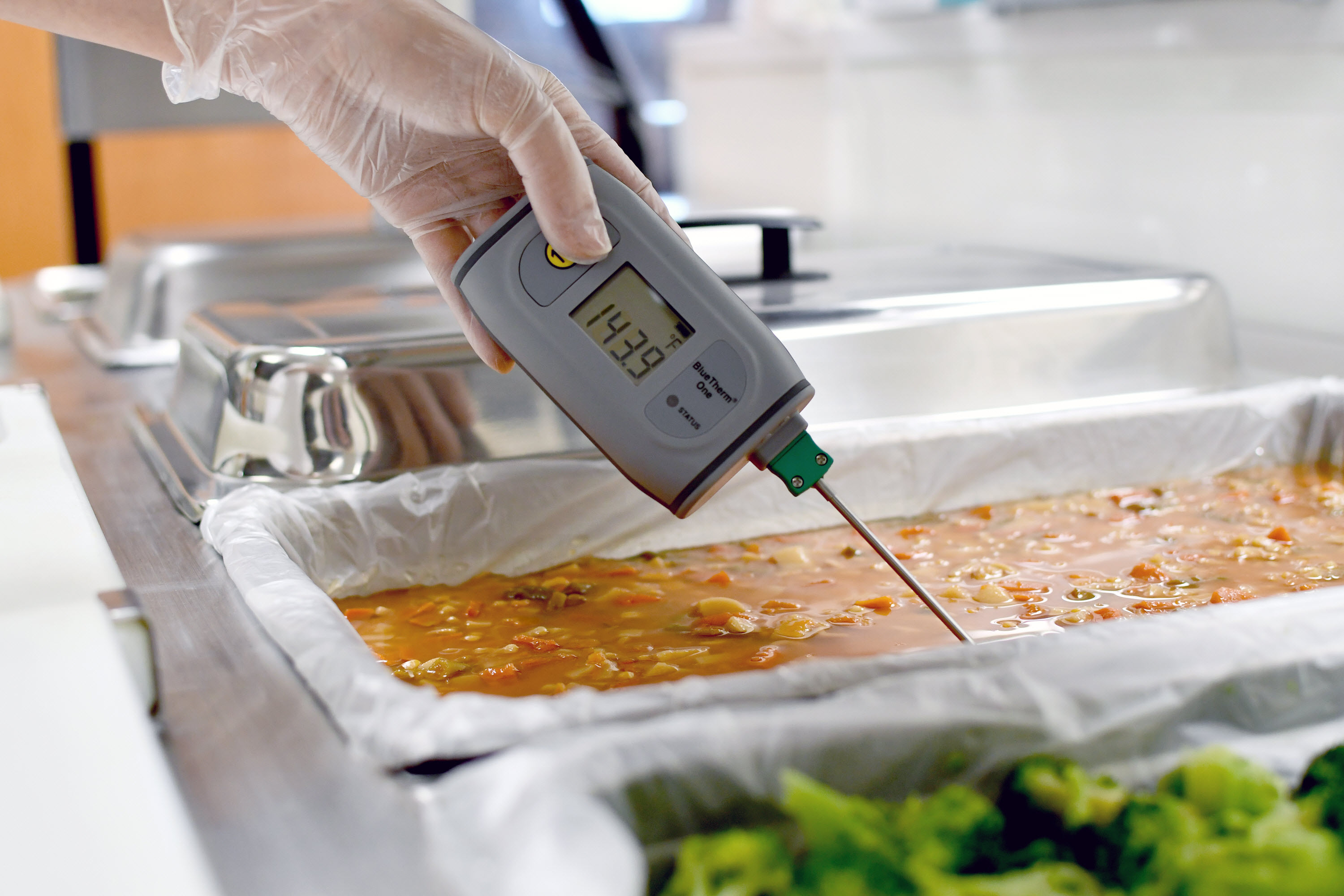In the rapidly evolving food industry, the emphasis on safety and efficiency has never been higher. With growing consumer awareness and stringent regulatory requirements, food businesses must prioritize robust food safety and supplier management systems. Here, technology plays a pivotal role, offering solutions that not only streamline operations but also enhance compliance and traceability. This blog delves into how modern technology, including food safety software and food traceability systems, can revolutionize the industry.
Understanding the Significance of Food Safety and Supplier Management
Food safety refers to the handling, preparation, and storage of food in ways that prevent foodborne illnesses and contamination. Effective food safety protocols are essential to protect consumers and maintain the integrity of food products. Supplier management, on the other hand, involves overseeing activities related to procuring ingredients or raw materials from suppliers to ensure they meet specified safety and quality standards.
Both domains are critical as they directly impact public health and business sustainability. Failures in food safety can lead to severe public health risks and substantial financial losses due to recalls, legal liabilities, and damaged reputations.
The Role of Technology in Food Safety
Technology has become a cornerstone in implementing rigorous food safety protocols. Here’s how it contributes significantly:
1. Automation of Food Safety Tasks
Modern food safety software automates critical tasks such as hazard analysis, critical control points monitoring, and compliance checks. This automation reduces human error and ensures that all safety measures are executed consistently.
2. Real-time Data Collection and Analysis
Technological tools can collect and analyze data in real-time, providing insights into potential safety issues before they become critical. For example, IoT sensors can monitor temperature and humidity levels during food storage and transportation, alerting managers to deviations that could lead to spoilage.
3. Enhanced Traceability
Food traceability software is crucial in the event of a food safety issue, such as a contamination outbreak. It allows companies to trace a product's journey back through the supply chain to identify and address the source of the problem quickly. This not only helps in managing recalls efficiently but also aids in minimizing the scope of impact.
The Role of Technology in Supplier Management
Technology enhances supplier management through:
1. Supplier Selection and Onboarding
Advanced software systems can manage supplier data, track their performance metrics, and streamline the onboarding process. This ensures that only suppliers who meet stringent safety and quality standards are integrated into the supply chain.
2. Continuous Monitoring and Evaluation
Continuous monitoring of suppliers through technology helps in early identification of potential risks associated with supplier products. For instance, a supplier management system can automatically flag any supplier deviations from compliance standards, prompting immediate investigation.
3. Documentation and Compliance
Maintaining comprehensive records of all interactions and transactions with suppliers is simplified with technology. These records are crucial for audit purposes and to demonstrate compliance with food safety regulations.
A Step-by-Step Approach to Implementing Technology in Food Safety and Supplier Management
Implementing technology effectively involves several key steps:
Step 1: Assess Needs and Set Goals
Identify specific areas within your food safety and supplier management processes that require improvement. Set clear goals for what you hope to achieve with technology, such as reducing waste, improving traceability, or enhancing supplier compliance.
Step 2: Choose the Right Technology
Select technology solutions that best fit your specific needs. Consider factors such as scalability, ease of integration with existing systems, user-friendliness, and support services.
Step 3: Train Your Team
Ensure that all team members are trained on how to use the new systems. Effective training is crucial for maximizing the benefits of technology.
Step 4: Implement the Technology
Roll out the technology in phases to monitor its impact and make adjustments as needed. Start with a pilot program to test the system before full-scale implementation.
Step 5: Monitor and Optimize
Regularly review the system’s performance and seek feedback from users. Use this information to optimize the technology and processes to better meet your goals.
Real-world Examples
Example 1: Automation in Hazard Analysis
A large dairy company implemented a food safety management system that automates the monitoring of critical control points in their production process. This system alerts the quality assurance team immediately when parameters deviate from the set limits, enabling swift corrective actions.
Example 2: Supplier Compliance Tracking
A multinational retail chain uses a supplier management system to automatically track and evaluate supplier compliance with sustainability practices. This system scores suppliers based on their performance, promoting transparency and accountability in the supply chain.
The integration of technology into food safety and supplier management is no longer optional but a necessity for modern food businesses. By leveraging these advanced solutions, companies can not only meet regulatory demands but also gain significant competitive advantages through improved efficiency and reliability.
If you're ready to explore how food safety software can transform your operations, book a demo with us today and take the first step towards a safer, more efficient food supply chain.







